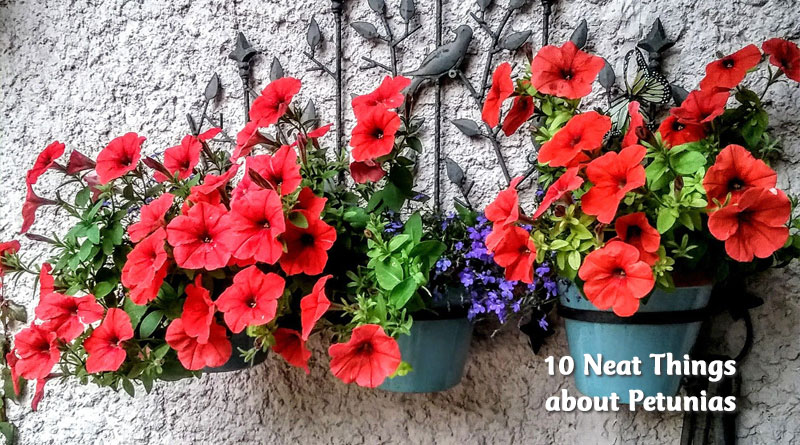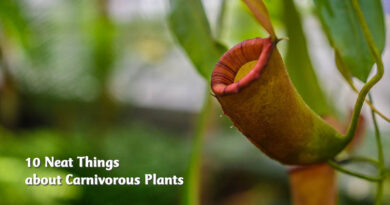About Petunias

1. The scent of a flower.
Petunias have a heavenly scent in the early part of summer, before they have been pollinated. It is especially evident at dusk. Once the bees and others have done their work, there is no longer any reason to invest in this kind of manufacturing, which was only done to attract the pollinators in the first place, so they stop putting out.

2. Deadheading.
At one time, petunia gardeners spent half the summer pinching off dead blossoms to ensure that they would continue to produce flowers and not seeds. The latest hybrids no longer require that pleasant labour as they are bred to keep producing blossoms no matter what.
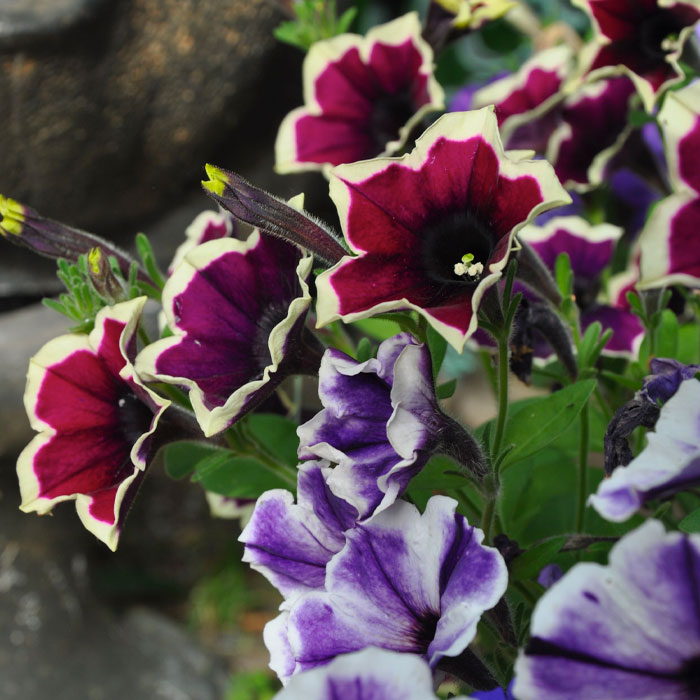
3. An illustrious and sometimes dangerous family.
Can you say Solanaceae? (It rhymes with say.) Another name for this family is nightshade, deadly or otherwise. Petunias originated in South America where they belonged to quite a family. Distant relatives include potatoes, tobacco, tomatoes, nicotiana and the mysterious belladonna, which sultry women used to add to their eyes to make the pupils large. Large pupils indicate sexual desire. Mandrake and Jimson weed are also in the family. Talk about a bunch of hoods among the angels.
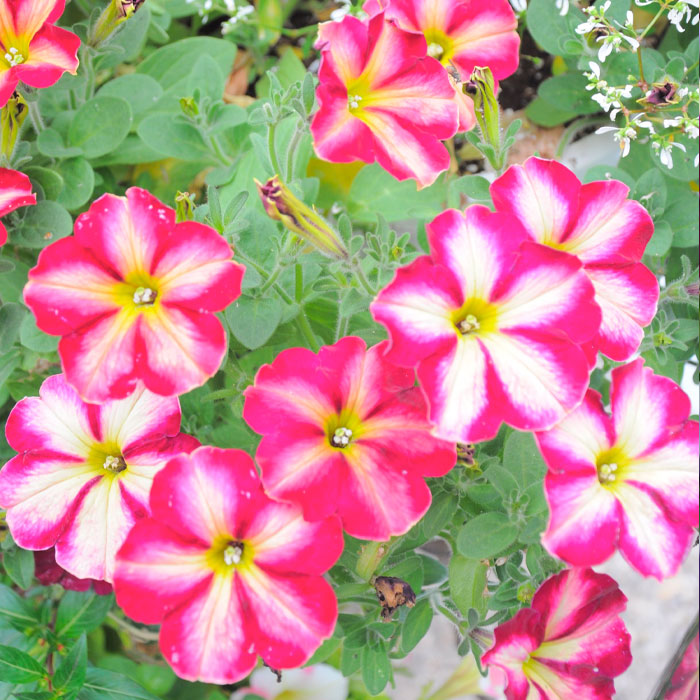
4. Overwinter your petunias.
Petunias are tender perennials so you could take them indoors for the winter if you were so minded. They need a sunny window or other bright light and cooler temperatures between 13 C and 18 C. Cut them back to about three inches in the fall before bringing indoors. You can cut them back again in spring to promote branching and blooming. The most you’d eke out of them is about three years, though, as they’re short-lived perennials at the best of times.

5. Planting petunias from seed.
Tiny petunia seeds should be planted about 10 to 12 weeks before transplanting out. Just sprinkle them on the soil – do not cover because they need light to germinate. Petunias have been known to self-sow – even in zone 3!
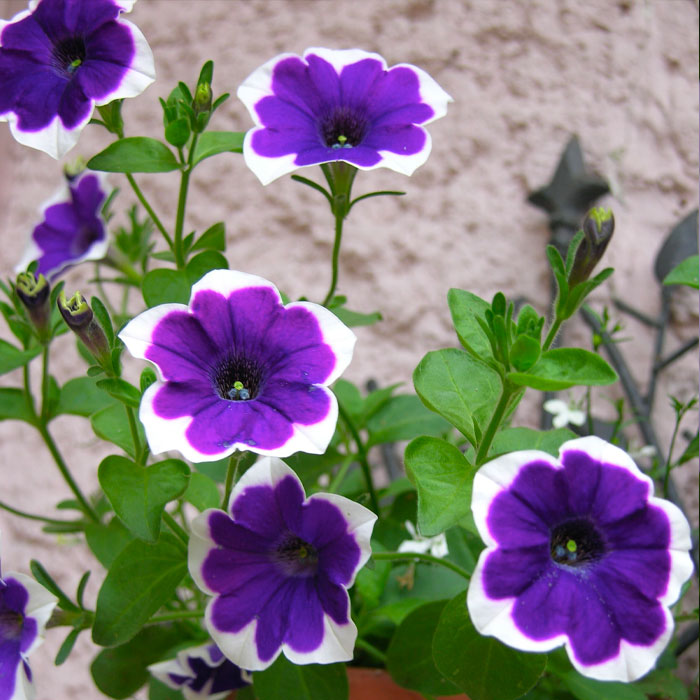
6. Hummingbirds and moths.
Petunias attract both hummingbirds and moths, especially the lovely hawkmoth that resembles a hummingbird and is the adult of the ugly tomato hornworm.
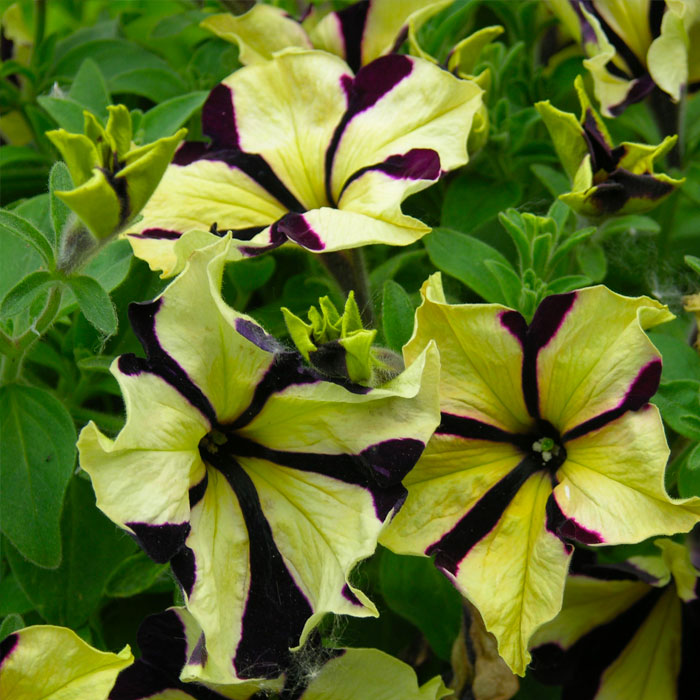
7. Friend of frost.
Petunias, once acclimatized, can withstand several degrees of frost, so they are a good plant to use for early and late blooms. Don’t overwater petunias, which can withstand rough treatment. Do fertilize potted plants with a balanced fertilizer.
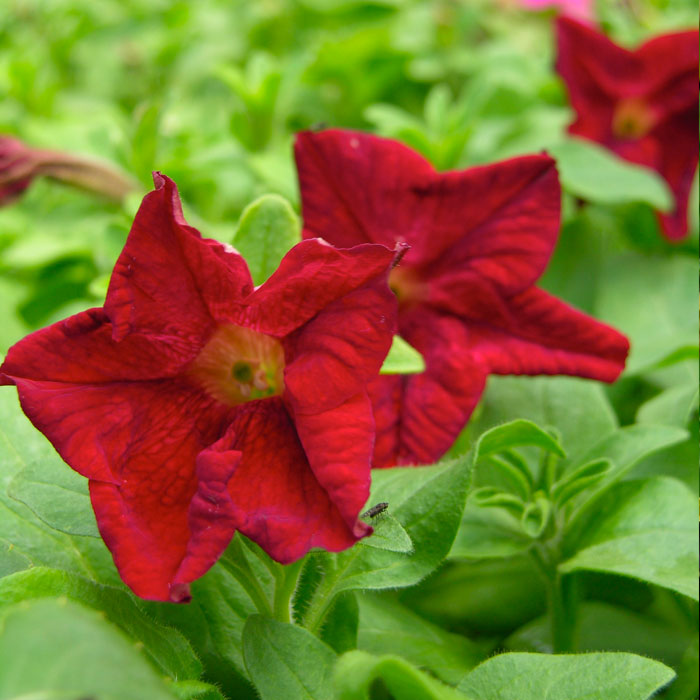
8. Four degrees of separation.
There are four rough categories of petunia: grandiflora, with large blooms up to four inches in diameter, including Supercascade, Merlin Blue Morn and Ultra series; hedgiflora, which are spreading petunias that can grow up to four feet wide, and includes the Tidal Wave series; multiflora, with flowers that are up to two inches in diameter, including the Carpet and Surfinia series; and milliflora, with tiny flowers about one inch in diameter and are the most frost and harsh-weather tolerant.
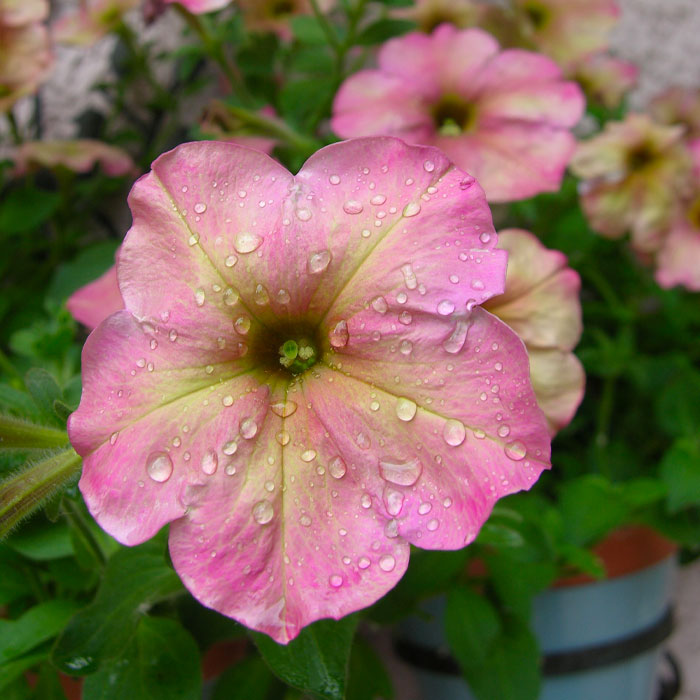
9. Rain, rain, go away.
The large blossomed petunias hate rain, which ruins their beautiful blossoms. You will probably have to deadhead these plants after a storm, but they will reward you with more bloom within a day.
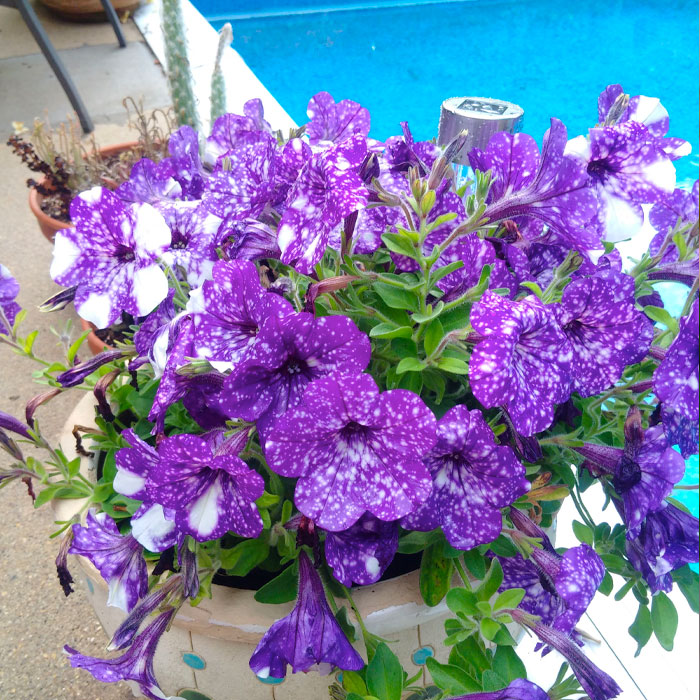
10. Cut to the quick!
In mid summer, it is a good idea to prune petunias back quite severely as the stems stretch and bear fewer flowers as the summer wears on. Cutting them back by at least one third will cause them to branch out and produce more flowers.
– Dorothy Dobbie Copyright©
Pegasus Publications Inc.

